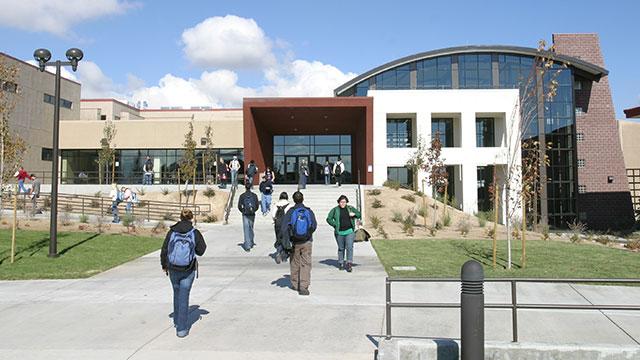Performance-based instruction offers many advantages
1. What you will learn is based on the skills you will need rather than on outlines of information.
2. You can plan how to invest your time and energy. To help you do that, we tell you right up front what you will learn, how we expect you to show when you have learned, and how you may go about learning.
3. You know the standards for evaluation before the performance test. You earn a grade according to how well you perform the skills rather than according to how well others in the class perform. You are not graded on a curve.
4. You are actively involved in the learning. We design learning activities and assignments that teach you to solve problems and to learn on your own.
5. When you complete a learning experience, you have documentation showing the skills you have learned. You can use this information when you seek employment, admission to further education, advanced standing or transfer of credit.
What, When, and How
What
• Core Ability: A broad capability that you will develop throughout a course or program rather than in one specific lesson. Core abilities include skills that everyone needs to succeed, such as problem solving, communication, employability and lifelong learning.
• Competency: A major skill, knowledge, or attitude that you will learn as a result of a given learning experience. A competency is specific to a discipline (such as history, math or language) or to an occupational area (such as nursing, accounting or engineering).
• Learning Objective: A major skill, knowledge, or attitude that you will learn as a result of a given learning experience. A competency is specific to a discipline (such as history, math or language) or to an occupational area (such as nursing, accounting or engineering).
When
• Performance Standards: Observable and measurable specifications by which your performance will be evaluated, and a description of the situation under which your performance will be assessed.
• Performance Assessment Activity: A statement that tells you what you must do to show mastery of one or more competencies, including instructions for completing assignments, performance assessment tasks or tests.
How
• Learning Activity: A statement that describes what you can do to help yourself master specific learning objectives and competencies. You may think of them as assignments.
In an effort to measure student's growth, each student will complete a pre–class and post-class test and complete a portfolio of his or her work that will include a resume and selected drawings by the student. The student must achieve a score of 70 percent or higher on the post-class test.

